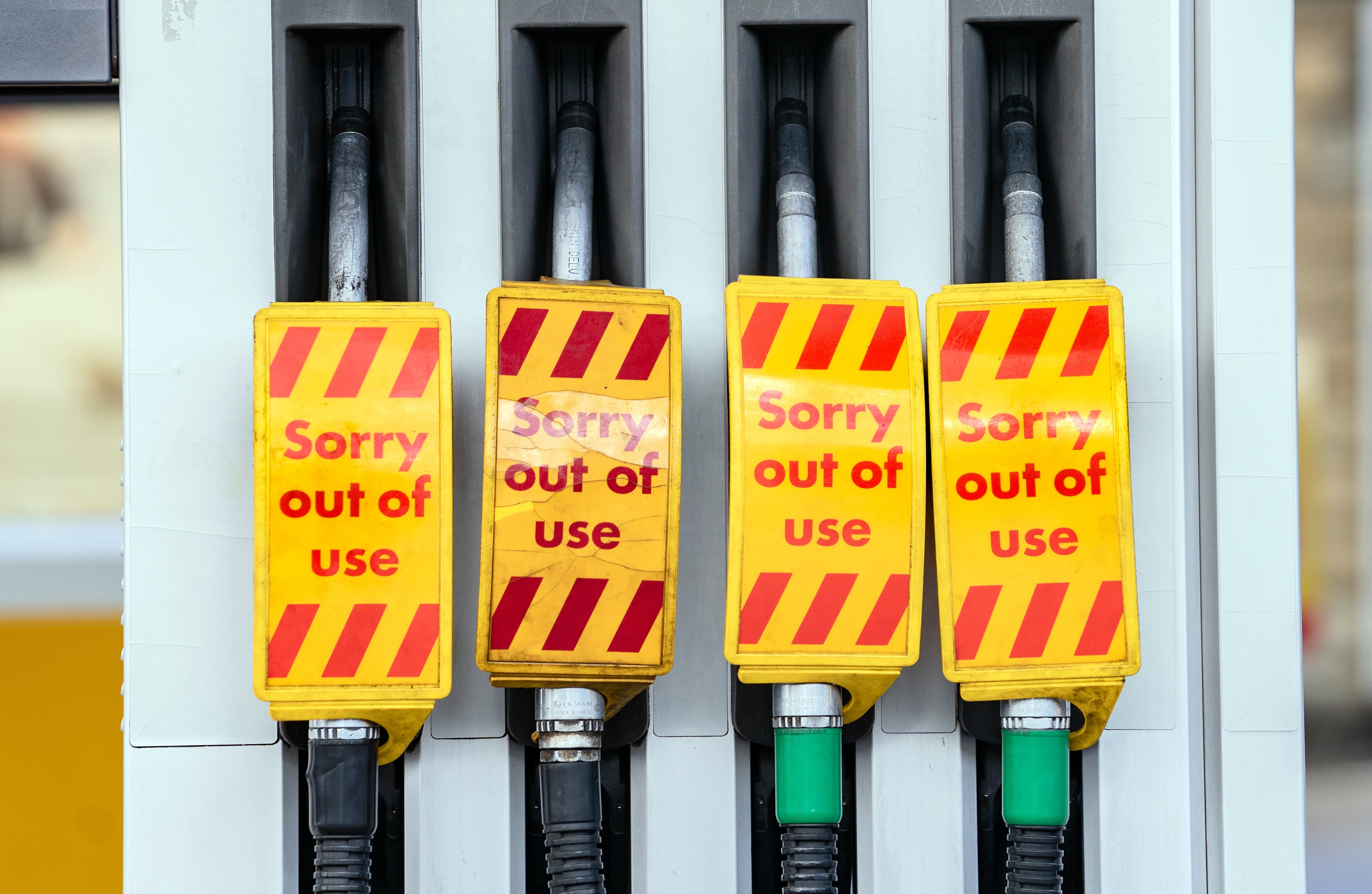Soaring inflation could be to 2022 what supply chain crisis was to 2021
Experts predict the new year will get off to a weak start as Omicron threatens to send the recovery into reverse.

Your support helps us to tell the story
From reproductive rights to climate change to Big Tech, The Independent is on the ground when the story is developing. Whether it's investigating the financials of Elon Musk's pro-Trump PAC or producing our latest documentary, 'The A Word', which shines a light on the American women fighting for reproductive rights, we know how important it is to parse out the facts from the messaging.
At such a critical moment in US history, we need reporters on the ground. Your donation allows us to keep sending journalists to speak to both sides of the story.
The Independent is trusted by Americans across the entire political spectrum. And unlike many other quality news outlets, we choose not to lock Americans out of our reporting and analysis with paywalls. We believe quality journalism should be available to everyone, paid for by those who can afford it.
Your support makes all the difference.From shortages of new cars and games consoles to lorry drivers and even crisps, 2021 will be remembered by many as the year of the supply chain crisis.
Just as the economy was revving up thanks to the mammoth vaccine effort and lifting of the last remaining coronavirus restrictions, the supply crunch hit like a juggernaut.
Having pulled through from the so-called pingdemic that decimated workforces as staff were forced to self-isolate, firms were then faced with a summer of crippling shortages of HGV drivers.
Supermarket shelves were left bare, construction projects were paused due to delayed deliveries of materials and even fast food giant McDonald’s ran out of milkshakes as the haulage troubles took their toll.
Then the shortage of lorry drivers rippled down to the petrol pumps in September, causing mass panic-buying at forecourts and mile-long queues of motorists desperate to fill up their tanks.
But the UK’s lorry driver shortage was just one part of a much wider supply chain problem that was felt by economies across the world as they reopened and struggled to keep up with demand.
In the UK, it sparked the twin threat of slowing growth and soaring inflation.
Having rebounded by 5.4% in the second quarter after a lockdown-hit start to the year, growth pulled back sharply to 1.1% between July and September as shortages hit a raft of sectors.
This was accompanied by rocketing inflation as prices jumped higher due to shortages of products and as firms were forced to pay more for haulage.
But the price pressures did not just stem from supply chain woes, with Britons left facing a mounting cost of living crisis on all fronts.
The UK economy will start 2022 on a weakened footing, and will put in an underwhelming performance for the year as a whole
To the dismay of households and businesses, energy tariffs spiked higher due to a more than 500% rise in wholesale gas prices in less than a year, while steep hikes in the cost of oil also saw fuel prices shoot up.
From starting the year at 0.7%, Consumer Prices Index (CPI) inflation had trebled by May before surging to a decade high of 5.1% in November.
But the worst is yet to come, according to the Bank of England, which has forecast inflation reaching an eye-watering 6% next April, which will be the highest for 30 years.
Under pressure to rein in inflation, it finally delivered a rise in interest rates to 0.25% from 0.1% in December.
The timing raised eyebrows, given the threat of the new Omicron variant to growth, and underscored just how concerned the Bank was about rising prices.
There was a chink of light amid the gloom, however, thanks to a jobs market that has been firing on all cylinders.
Unemployment was far lower than feared amid the pandemic as the furlough support scheme proved a success in preventing mass redundancies.
Joblessness looks set to have peaked at 5.2% in the final quarter of 2020 and almost returned to levels seen before the pandemic struck, at 4.2% in the three months to October.
Vacancies also hit record levels and wages jumped as firms looks to secure staff.
As the year drew to a close, there was some welcome signs that the supply chain issues that have dominated 2021 may be finally easing.
Though as one crisis ends, the next begins, with the fourth wave of the pandemic leading to fears it will send the economic recovery back into reverse.
The Bank downgraded the growth outlook to 0.6% in the fourth quarter of 2021 and experts are pencilling in a difficult start to 2022 due to Omicron.
Samuel Tombs, chief UK economist at Pantheon Macroeconomics, said: “The UK economy will start 2022 on a weakened footing, and will put in an underwhelming performance for the year as a whole.”
Most experts expect to see growth in 2021 at close to 7%, which will slow considerably to 4.2% in 2022, according to Mr Tombs.
Consumer belt-tightening is inevitable in the face of ongoing price pressures, with wages failing to keep up with inflation, he cautioned.
“Even after the worst of the Omicron wave has passed, the economy will struggle for momentum,” said Mr Tombs.
More rate rises are also on the horizon as inflation is set to remain at the forefront in 2022, although these are likely to be modest, with many economists predicting the Bank will wait until May to deliver another increase, to 0.5%.
It is hoped that price pressures will finally start to ease back in the second half of next year, but it looks like it may be 2023 before the beast of inflation is finally tamed.